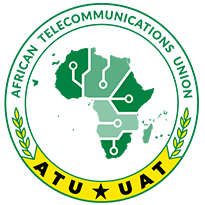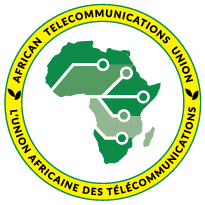With the advent of COVID 19 and the seemingly ever exponential nature of the digital space, there has been a boost in the emergence of new technologies touted to evolve livelihoods and day to day operations across sectors. Notably, majority of these new technologies have ‘nuances’ heavily hinged on data, connectivity among other factors that necessitate proper planning and procedure in order to get the best out of such advancements.
Therefore, it is increasingly becoming necessary to enhance the conversation on inputs to general policy; spectrum matters. This, as was defined by the recently held ATU Task Group meeting on Emerging Technologies held from 3-4 October 2020 includes issues of technological deployment considerations focusing on spectrum (airwaves) matters.
The meeting, held virtually between 9th and 11th September 2020, brought together telecommunication stakeholders across Africa with the aim of developing draft recommendations on 5G/IMT2020 implementation in Africa as well as other forms of emerging technologies such as Wi-Fi/Wi-GiG, HAPS and ESIMS.
In developing the recommendations, guiding principles were put in place which involved limiting them to the Radio Regulations (RR) provisions based on the outcomes of WRC-19. These principles were hinged on a number of spectrum execution aspects such as licensing, technical policy and regulations.
Different stakeholders also highlighted the importance of 5G in enhancing connectivity in homes, businesses and public institutions. This even as the COVID-19 pandemic continues to provide a perfect example such as in cases where connectivity would assist in remote healthcare delivery and automated industrial processes.
Once the 5G is implemented, there is bound to be an enhanced mobile broadband which effectively supports virtual reality and augmented reality, Internet of Things (IoT) and Ultra Reliable Low Latency Communication.
To further support the 5G technology, the adoption of enhanced access and connectivity procedures similar to WIFI were recommended.
In conclusion, stakeholders agreed that discussions will continue until January 2021 with various meetings slated to fine-tune the various aspects. In November, a meeting will be held to identify the missing elements that can be incorporated in the final meeting early next year with a tentative date of 29th January 2021 being set.


